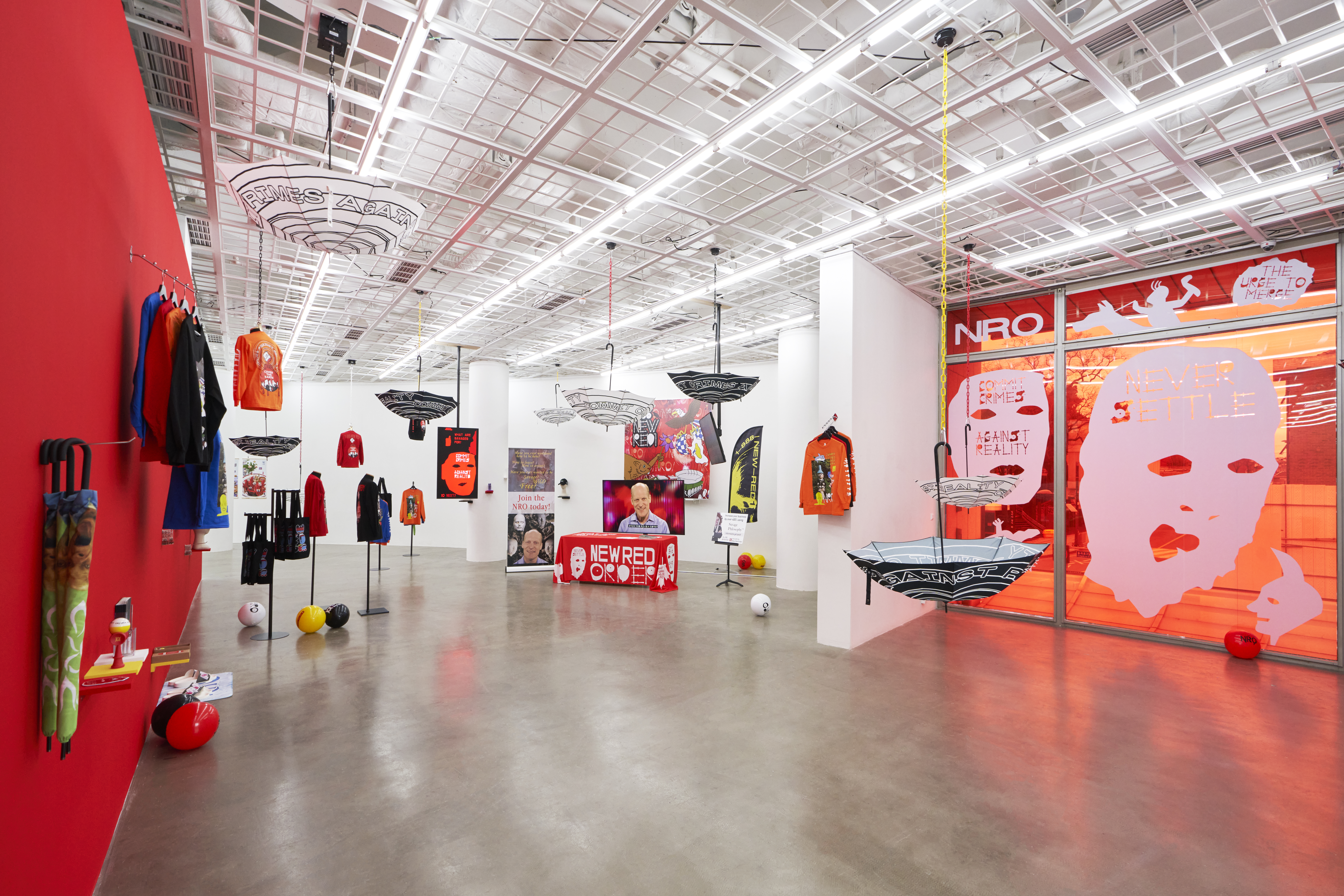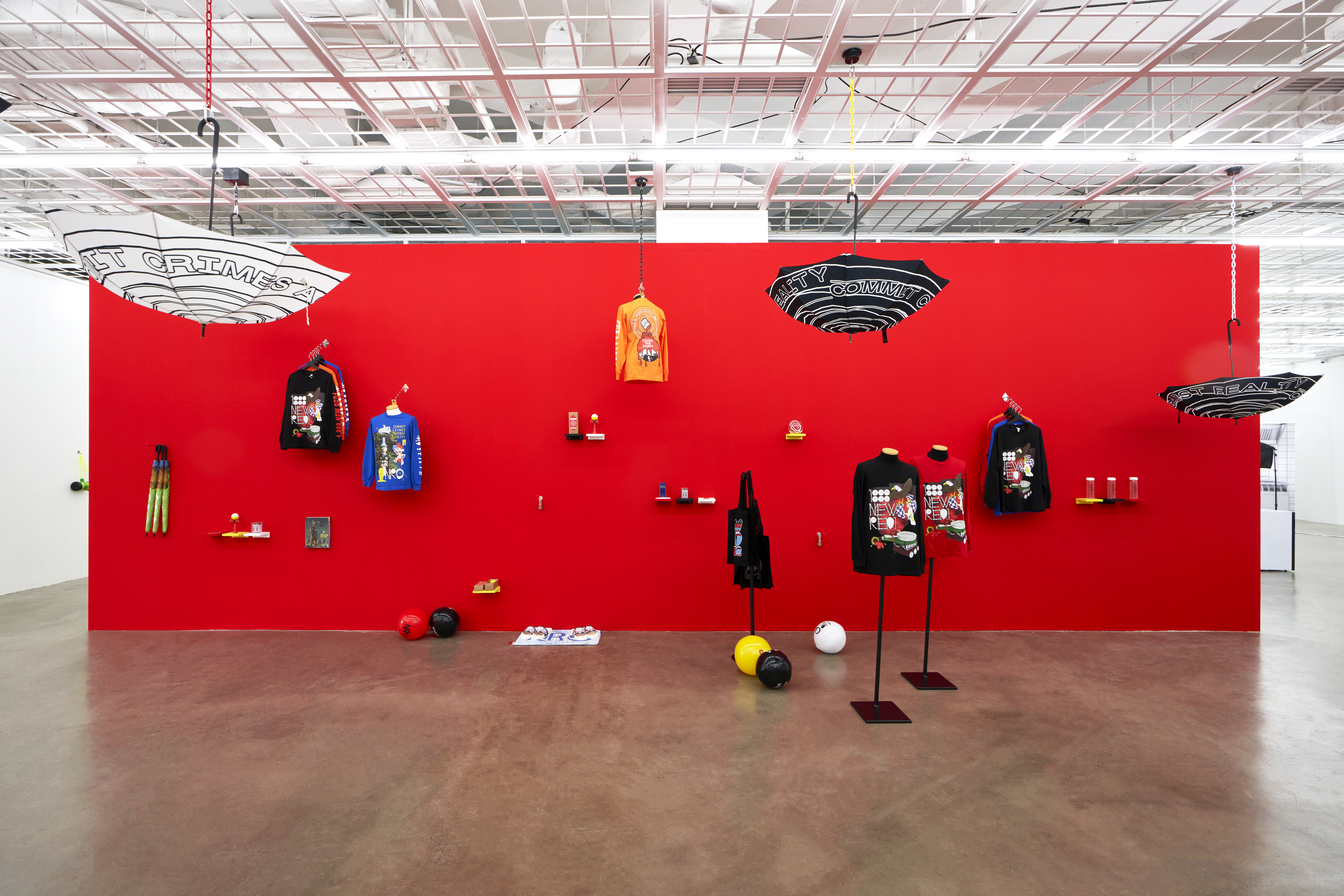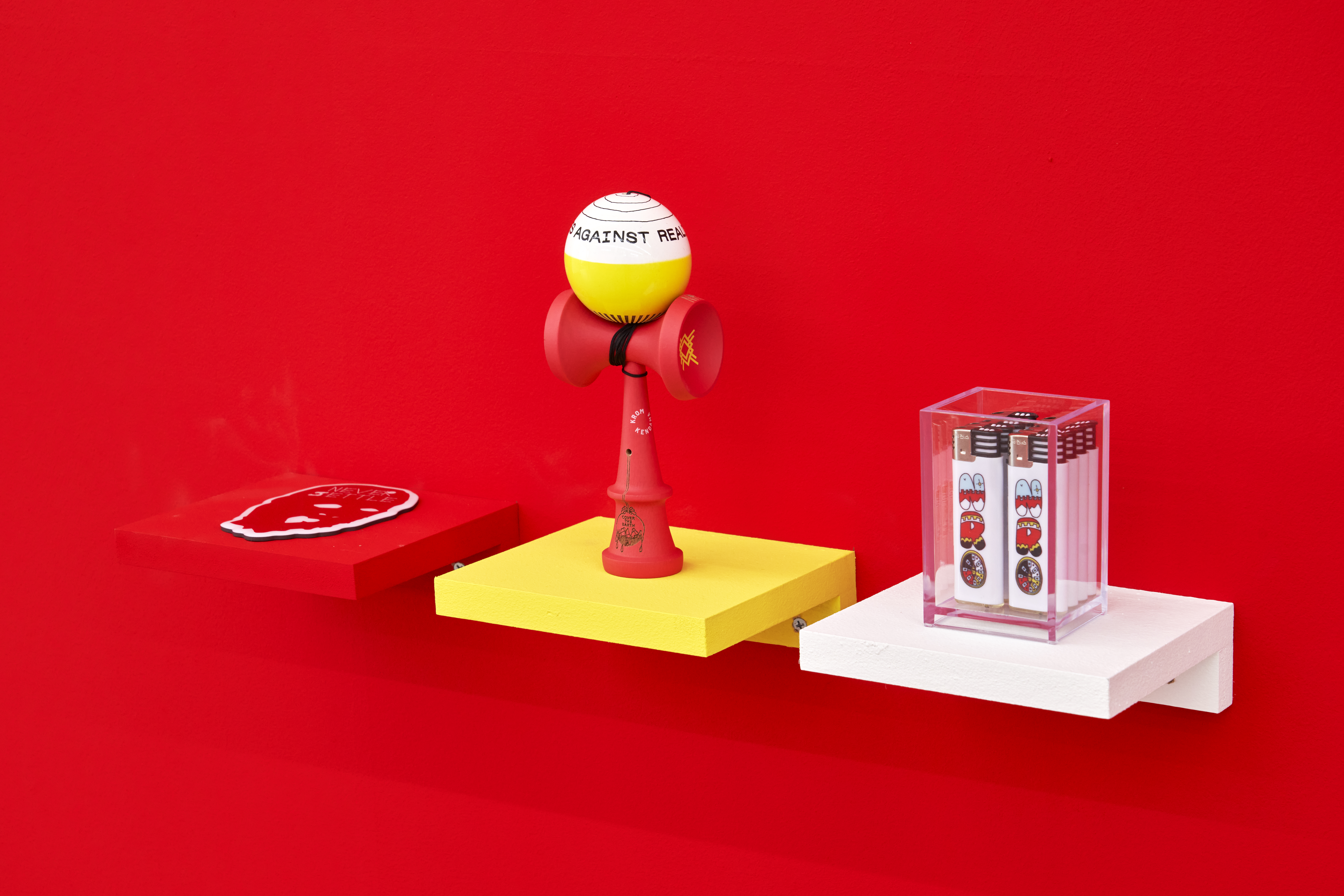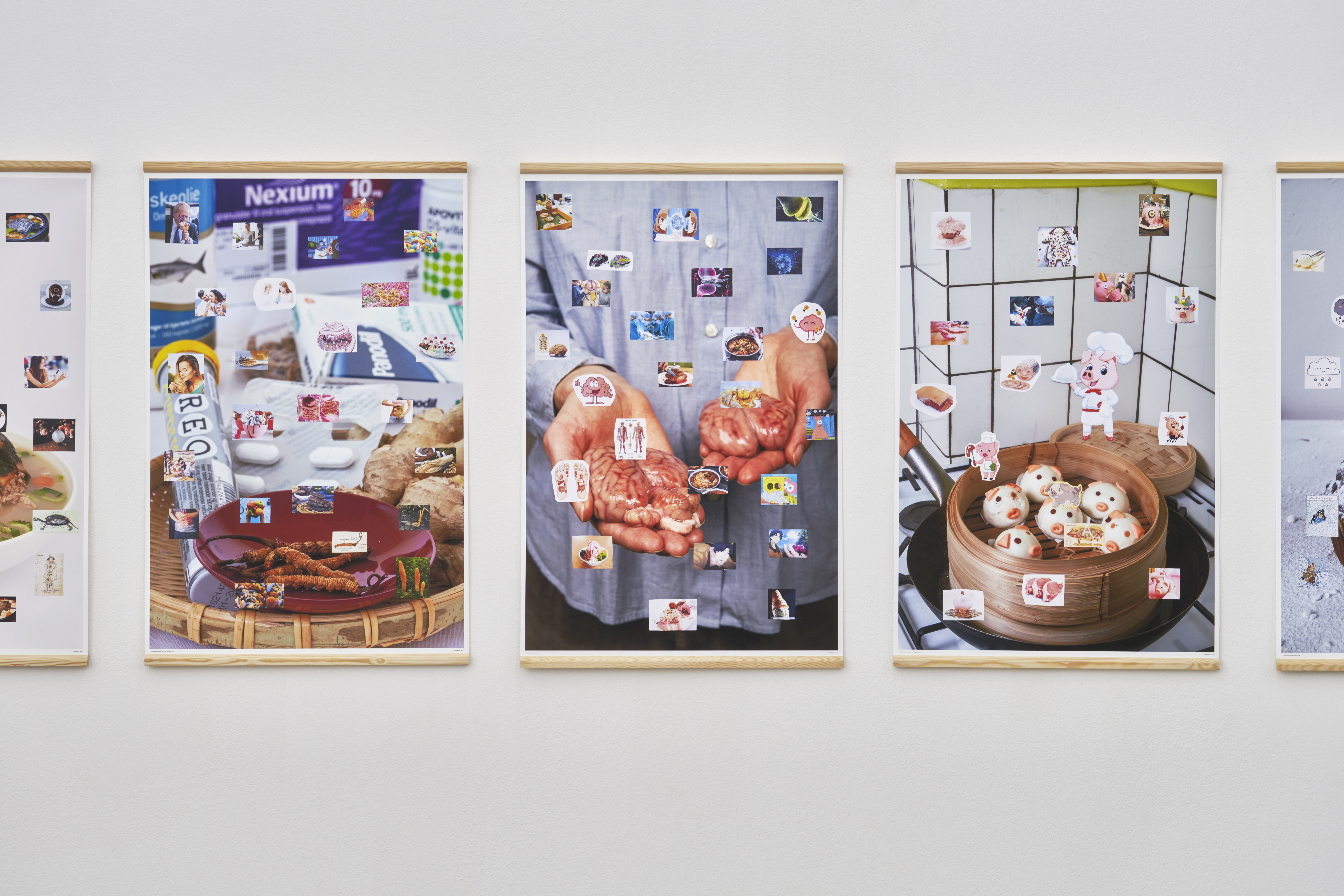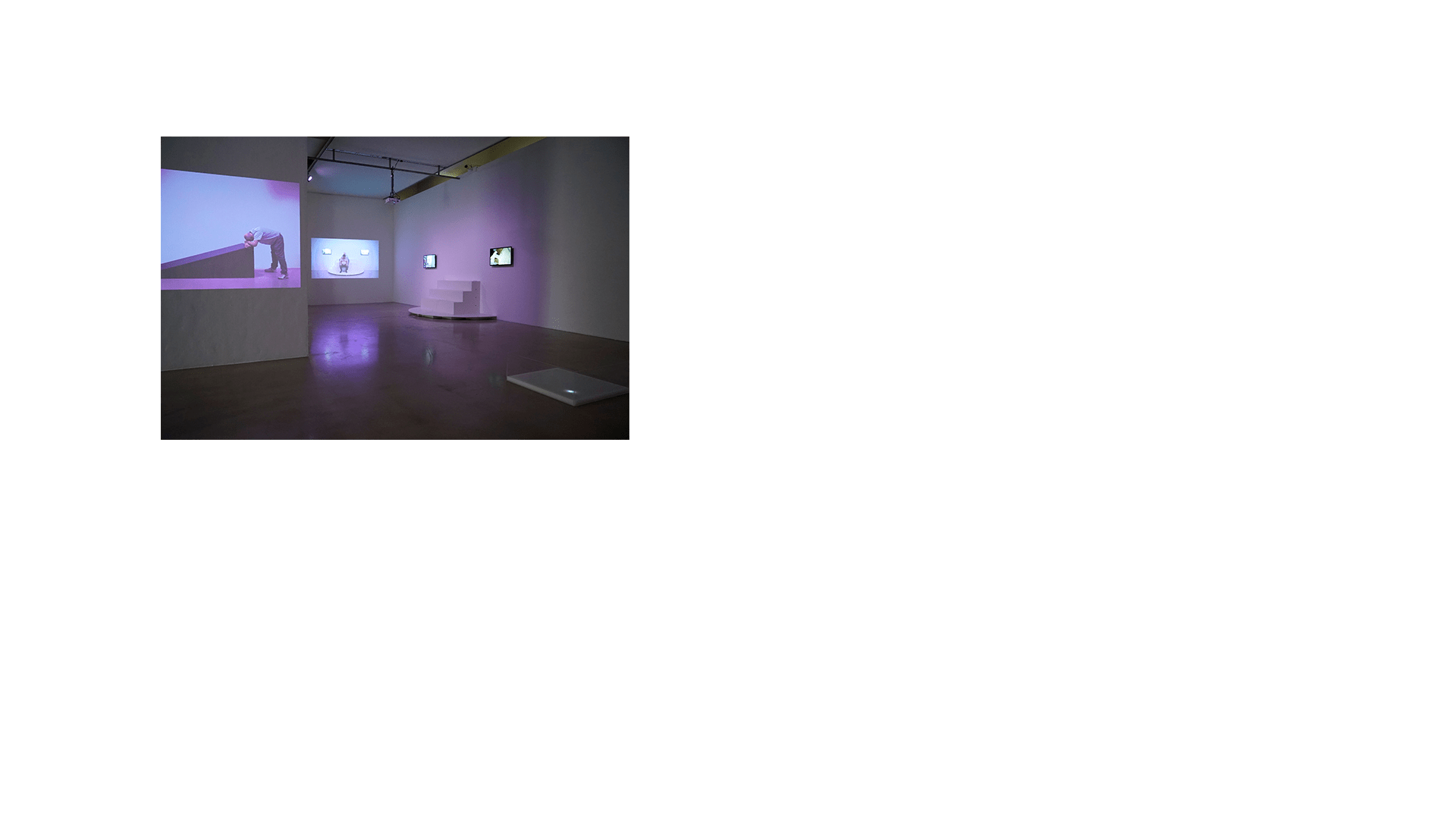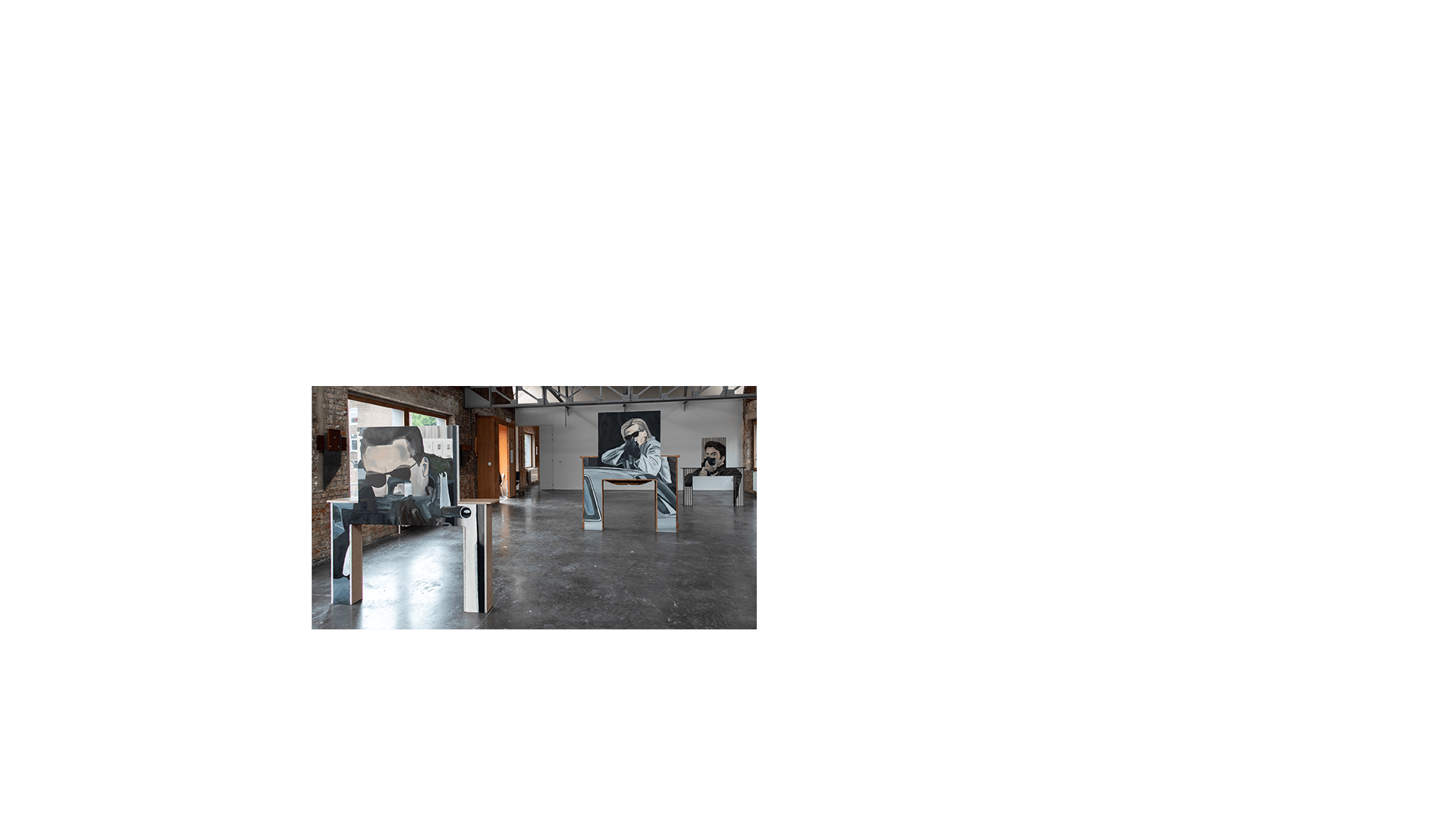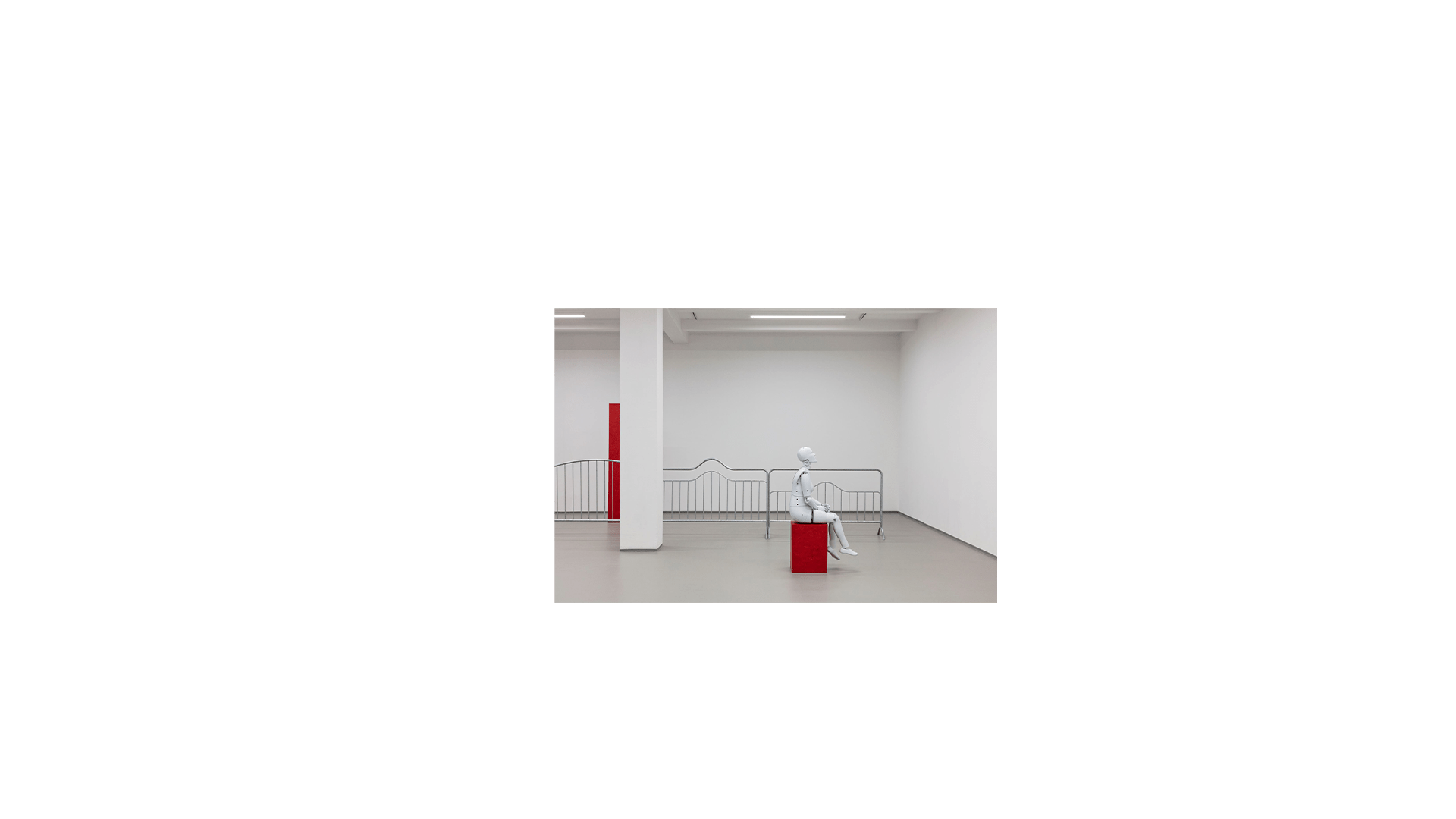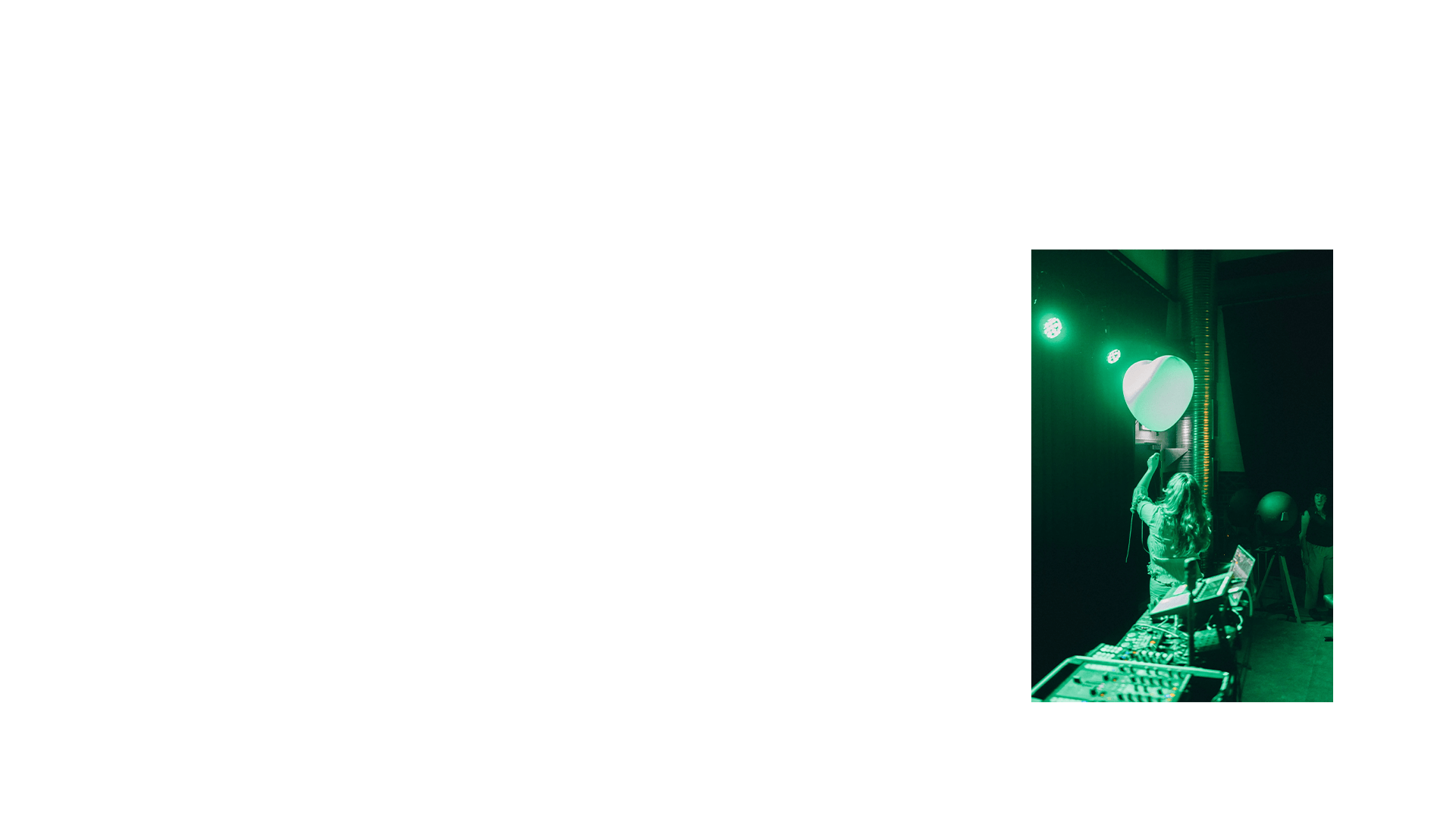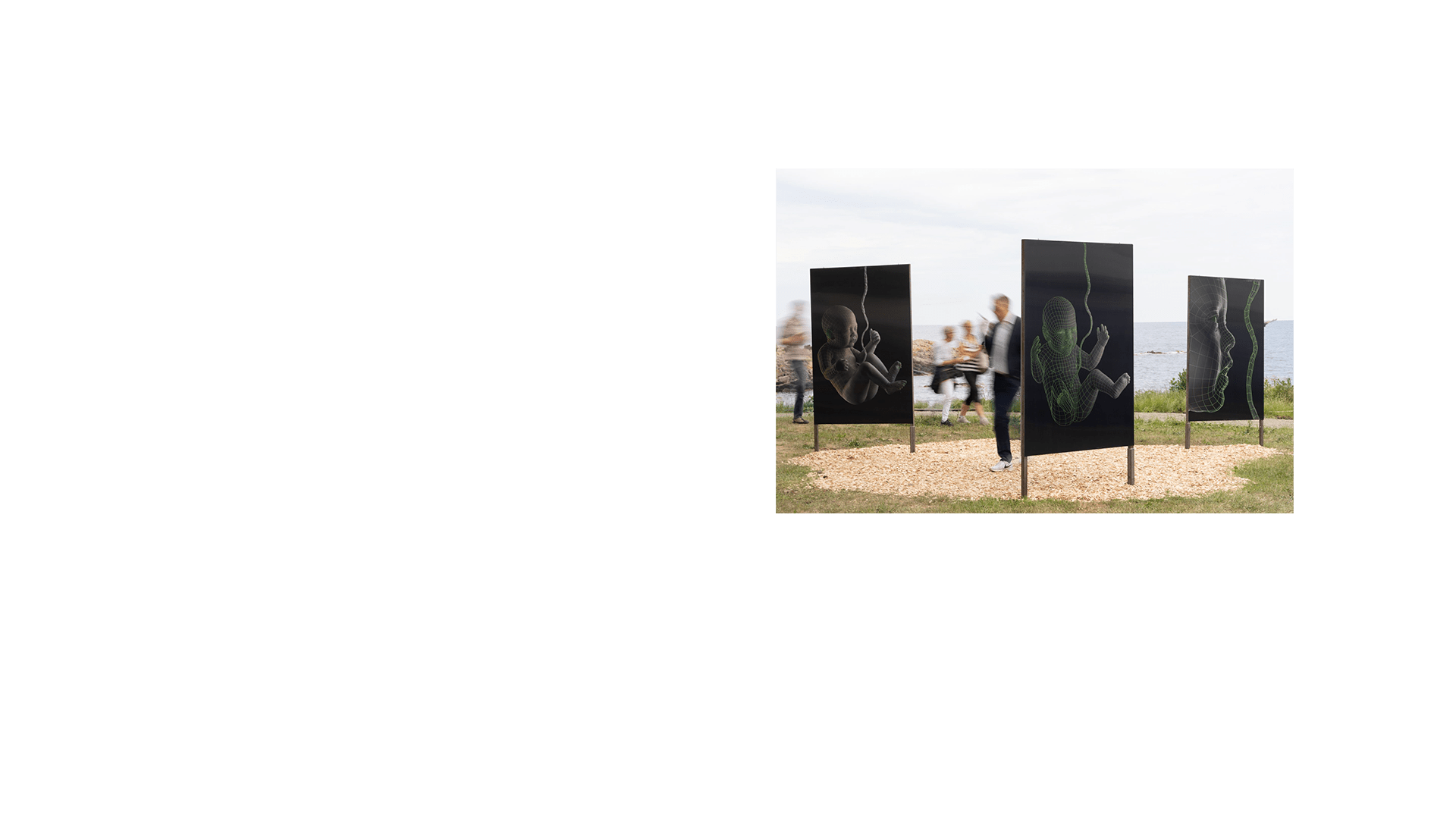Minimalism-Maximalism-Mechanissmmm Act 1-Act 4
15.10.2022–19.03.2023
Minimalism-Maximalism-Mechanissmmm Act 3
17 March – 24 April 2022
Art Sonje Center
Seoul, Korea
Minimalism-Maximalism-Mechanissmmm Act 1-Act 4 examines how artists use materials to tell stories about their surroundings and everyday life. The exhibition creates connections between the artworks and the observer and examines how the curator can influence the aforementioned relationship between the work and the audience. As a whole, the exhibition is presented thematically about how the institution presents itself, the art and the observer, in order to give the audience experiences and knowledge about how meaning and connections are created spatially.
Minimalism-Maximalism-Mechanissmmm is divided and conceptualized into four acts by director of AHC Jacob Fabricius.
~
Act 1 shows a juxtaposition of minimalist art consisting of tactile and sensuous works on canvas and paper, as well as sculptures of mixed materials. In these works, concrete, material traces can be seen that have arisen during the production, thereby pointing to the creative, artistic process as a fundamental element in each individual work. Their materiality is particularly influenced by nature and/or the effects of urban space.
Act 2 shows paintings where the artists have created narrative stories from both city and country. The stories arise through the artists’ peculiar memories, but they are experienced on the material level through the canvas or through the real and fictional characters they portray. For example, Kent Iwemyr’s paintings tell stories about people and strange events that he has experienced in or around the small community in Sweden where he lives.
Act 3 shows works by two former AHC residents Adam Khalil (as a member of the New Red Order) and Kasper Hesselbjerg among other artists listed below. In Act 3, the audience is invited to interact with the works and participate actively with hands, head and body. For example, the artist collective The Dumpling Club wants people to share recipes and cook together; actions that create relationships. Here, stories unfold while making and eating dumplings, turning the mundane cooking situation into a community-oriented experience, focusing on stories that revolve around topics such as immigration, the close relationship between food and identity, and a longing for a different future.
Act 4 functions as an art chamber, which the visitor can enter and influence himself. This part of the exhibition consists of an archive, where the audience is invited to explore hundreds of small works of art, which are stored in boxes, and a laboratory, where visitors can themselves set up and assemble different works of art taken from the archive. In this way, the audience can experience how a curation practice can affect the relationship between artwork and viewer.
~
MORE INFO
The exhibition ran from –
The exhibitions were organised by Kunsthal Aarhus and Art Sonje Center, and curated by Artistic Director at AHC, Jacob Fabricius (act 1-3) og Director at Glas, Mikkel Elming (act 4).
In the first edition of the exhibition, which was shown at the Art Sonje Center (20.01.2022 – 06.03.2022; 17.03.2022 – 24.4.2022), it was divided into four acts. In Kunsthal Aarhus, the first three acts have been brought together, adjusted and condensed in such a way that the previously clear lines between the acts are blurred.
Read more about the exhibition on Kunsthal Aarhus’ website here.
Supported by AHC, Augustinus Fonden, Danish Arts Foundation, Embassy of Denmark in Korea and Knud Højgaards Fond.

